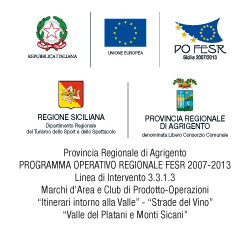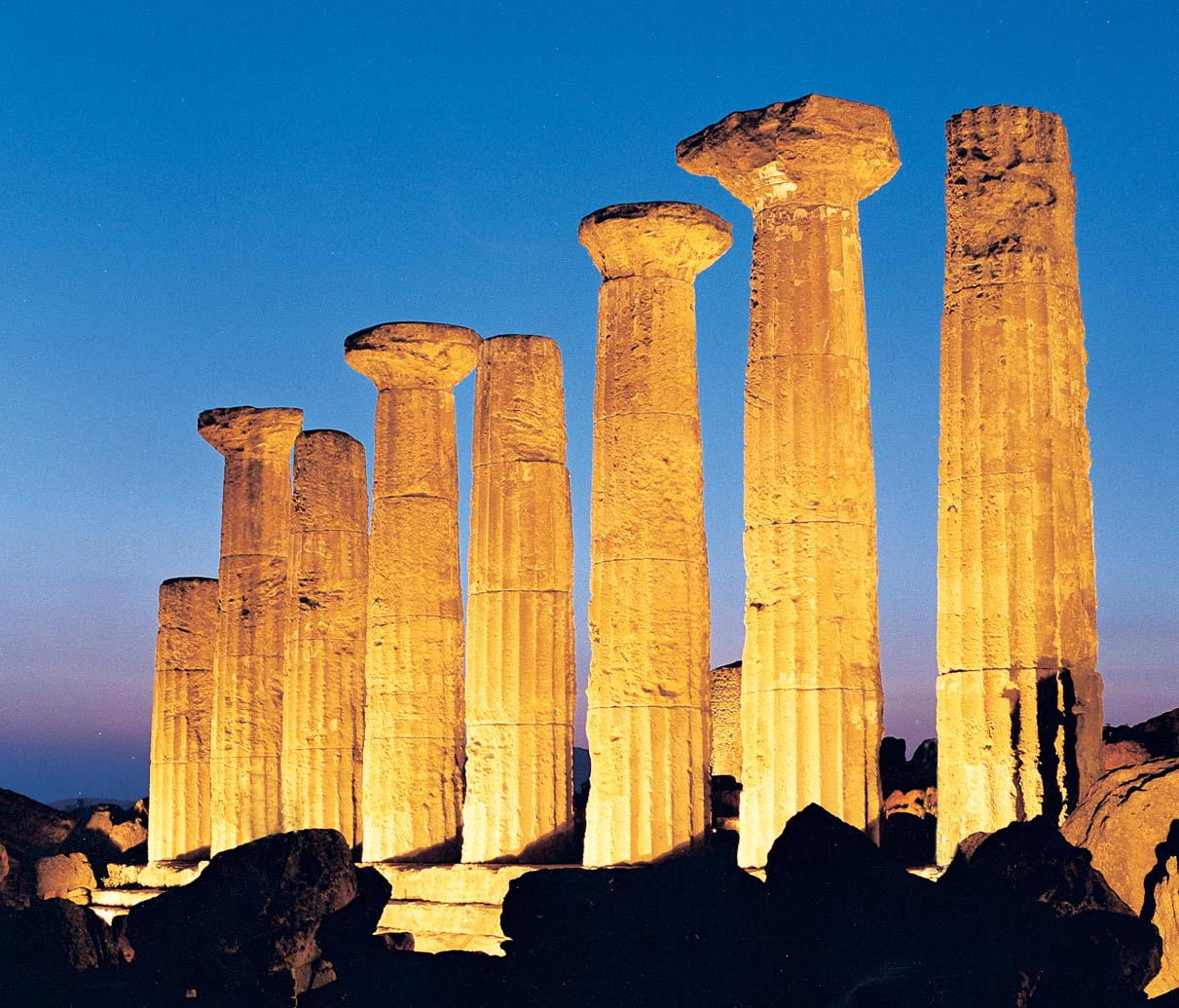
The Valley of the Temples
Pindar defined the ancient Akragas as "the most beautiful city of mortals". Today, after two thousand five hundred years of admiring the splendor of the valley with its majestic Doric temples, we cannot do anything but confirm the thought of the poet. And the opulence and splendor of the city was such that another great man of culture of the time, Empedocle said that Akragas built houses and temples as if they would never die and ate as if they were to die tomorrow. Certainly they were both right, and the architectural treasures have become a World Heritage Site that the entire world admires. And they are still there, lying after two thousand five hundred years in the divine valley of the Gods.
If you look at the temples with its clear blue sea background, you will see, in order, the Temple of Juno (located in the highest part of the hill), the early Christian necropolis, the Temple of Concord, Villa Aurea, the Temple of Hercules, Olympian Zeus, Castor and Vulcan.
The Temple of Juno (Hera Lacinia), built in about 450 B.C. in the Doric style, rests on a broad base with four steps designed to compensate for the irregularity of the land. Twenty-five of the original thirty-four columns are left upright, 15 of which still have their arched support, and 9 of which are broken. A few meters from the east facade there is a monumental altar. Along the stretch leading from the temple of Juno to that of Concord you can see the Byzantine arcosoli, burial niches topped by an arch carved into the rock of the Greek forts erected along the edge of the hill.


The Temple of Concord is the main point of reference around the archaeological site of Agrigento and it is the best preserved monument of the entire Magna Grecia. Built in the fifth century BC, it has 6 columns on the minor facades, and 13 on the major facades. Its excellent condition is due to its transformation by Bishop Gregory during the seventh century into a Christian basilica dedicated to Saints Peter and Paul.
To the north it is characterized by early Christian necropolis tombs and catacombs. To the west lies Villa Aurea, that at the beginning of the last century was the home of English Sir Alexander Hardcastle, to whom we owe credit to many of the excavations in the Valley of the Temples. His tomb can be visited in Bonamorone cemetery.
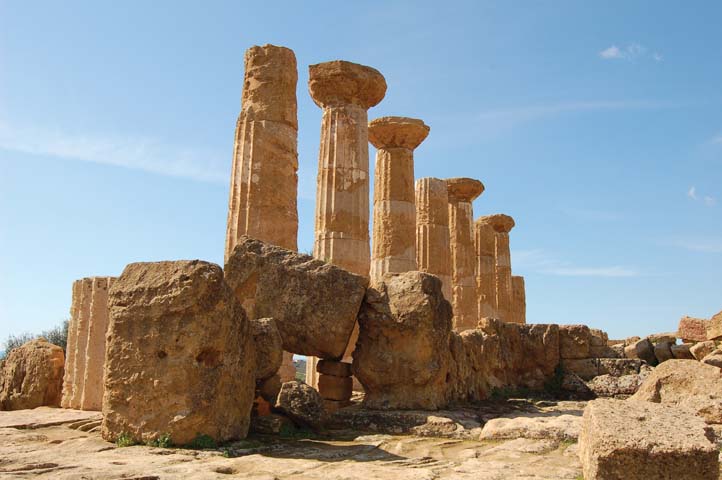 The gently sloping road leads us to the remains of the Temple of Hercules, the oldest of those built in Akragas. Dating from about 520 BC, it occupies a total area of about 1,700 square meters (second only to the immense temple of Zeus). On the left is what was once the fourth gateway to the city, now called the "Porta Aurea" (“golden gate”), where in 210 B.C. Roman soldiers entered, led by consul Levino.
The gently sloping road leads us to the remains of the Temple of Hercules, the oldest of those built in Akragas. Dating from about 520 BC, it occupies a total area of about 1,700 square meters (second only to the immense temple of Zeus). On the left is what was once the fourth gateway to the city, now called the "Porta Aurea" (“golden gate”), where in 210 B.C. Roman soldiers entered, led by consul Levino.
Across the street you can reach the Temple of Olympian Zeus. The huge building, built on the will of the tyrant Theron, had an area of 6,340 square meters, and was certainly one of the most magnificent buildings in Doric times. Confirming this, are giant 7.65 meters high Telamons that were located in the space between two columns, half way relative to the base, a major support of the structure. A copy in limestone of the Telamon is located within the perimeter of the temple, while an original is preserved in the great hall of the Archaeological Museum of San Nicola. Collapsed because of an earthquake, most of the remains of the temple were used to build the port of Girgenti in the eighteenth century.
Going a little further on, you reach the sacred area of the Chthonic Deity. The whole area is full of altars where sacrifices were made in honor of the gods of the earth. The Temple of Castor and Pollux (Dioscuri) is placed just inside the area. It is also called "the three columns" because of various observation points, in which one of the four columns is covered by the other. Originally, there were 13 on the sides and 6 in front. Set upon a cliff on the extreme side of the hill, is the Temple of Vulcan where you can see the entire base with two columns of the original 34 still standing. It can be reached by a path that allows you to visit the garden of Kolymbetra (the antique pool). This site is well worth a thorough visit. Walking through the recreated paths one can enjoy views of orange, lemon, almond, and mulberry trees, and many other varieties of fruits. One can smell its perfumes, live the exciting implications that this place transmits and, in the silence of this little paradise, imagine the happy voices of the inhabitants of the ancient and noble Akragas.
Returning to Porta Aurea, just below the Temple of Hercules, you can see the Tomb of Theron. In fact, the monument is of a later period of the tyrant and was most probably erected in honor of fallen soldiers during the Punic Wars. Continuing the path that runs alongside the tree-lined plane of Saint Gregory and making a short trip on the road to Porto Empedocle, on your the right you will find the Temple of Aesculapius (Asclepius). Dedicated to the god of medicine, it was a place of pilgrimage for the sick and suffering. Of particular interest are the two false columns placed in each of the facades.
Going back toward the city you can visit the Church of St. Nicholas (thirteenth century), which houses the famous Sarcophagus of Phaedra in its chapel, and the adjacent Regional Archeological Museum. (See link) Distributed over 19 rooms, which, thanks to preserved archaeological finds, is of undoubted importance worldwide. In addition to the rich collection of greek pottery and various objects found around the city, the impressive Telamon was transported from the temple of Zeus and was placed in an upright position in the large central room. The Oratory of Phalaris, adjacent to the museum, is a funerary temple (possibly Roman) built according to legend on the site of a former palace of a cruel tyrant of Akragas.
Right in front of the Oratory is the Ekklesiasterion, a small amphitheater where the people from Akragas gathered to discuss laws and issues in the city. The nearby Hellenistic Roman Quarter, enclosed in an area of over 10,000 square meters, highlights the style of urban times following the launch of the irrigation system. The settlement from the third century B.C. to the fifth century A.D. and the excavations carried out have brought to light the houses, shops and taverns, all placed with noteworthy urban planning. There are several mosaics and decorations of patrician villas, now suitably protected with modern facilities that make it possible to visit them. If you follow the archaeological walk, when you reach the crossroads of Bonamorone, you can continue to the left on via Demetra which will lead you to the monumental cemetery. Not far away on the neighboring hill to the left is the medieval church of San Biagio, built on ruins of the Temple of Demeter which can still be seen today. Going upwards toward the scenic Viale Gramsci, you can reach the Viale della Vittoria, followed by the center of the city.



Park Evening visits
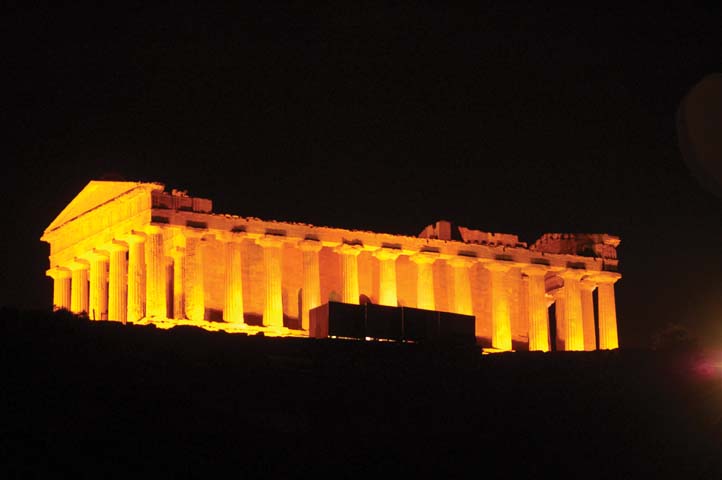
The Park Authority to all visitors of the Valley of the Temples, a unique opportunity to visit the archaeological site by night. Visitors can enjoy a wonderful atmosphere full of charm and appeal that only the Valley of the Temples can inspire.
Info: On Pre-holidays and holidays, visiting hours are from 19:30 until 23:00, with an exit from the archeological park at 24:00 - from July to September.
To access the archaeological sites you can use the parking lot and the ticket office at Gate V (St. Anne Clinic), or the ticket office near the temple of Zeus, with parking as well.
For evening or night visits, the exemption from ticket payment is only for EU citizens under eighteen years of age.





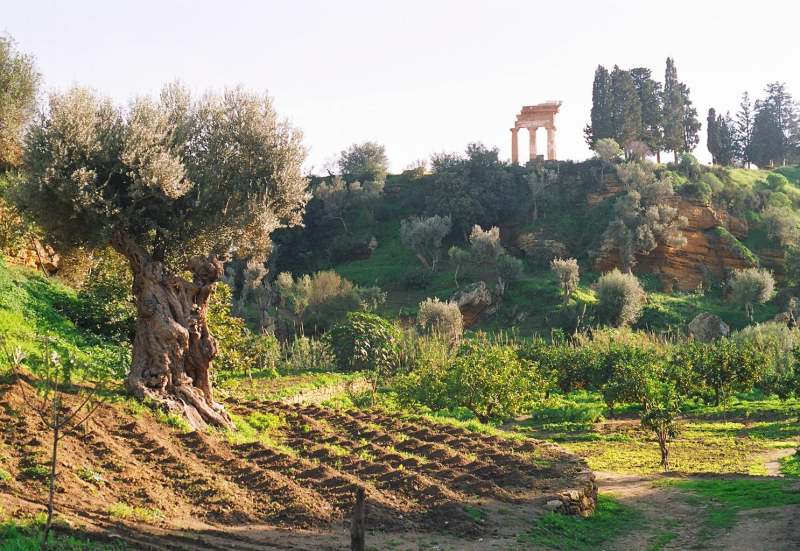 Kolymbetra Garden
Kolymbetra Garden
 The center - Agrigento as beautiful as its Valley of the Temples
The center - Agrigento as beautiful as its Valley of the Temples
 Archeological Museum
Archeological Museum

